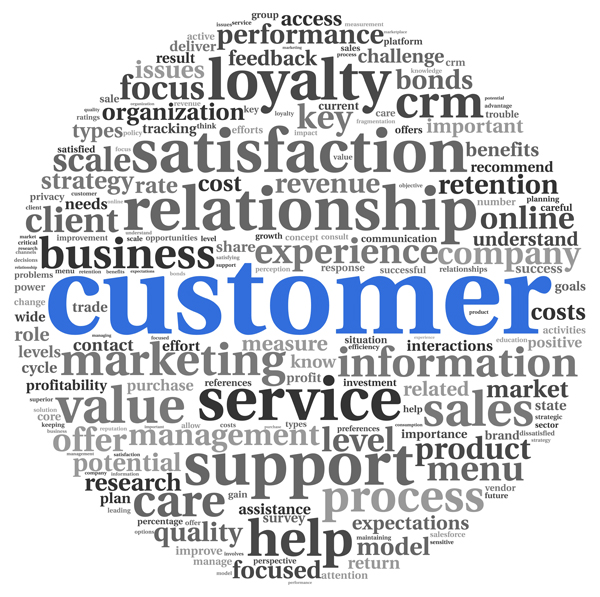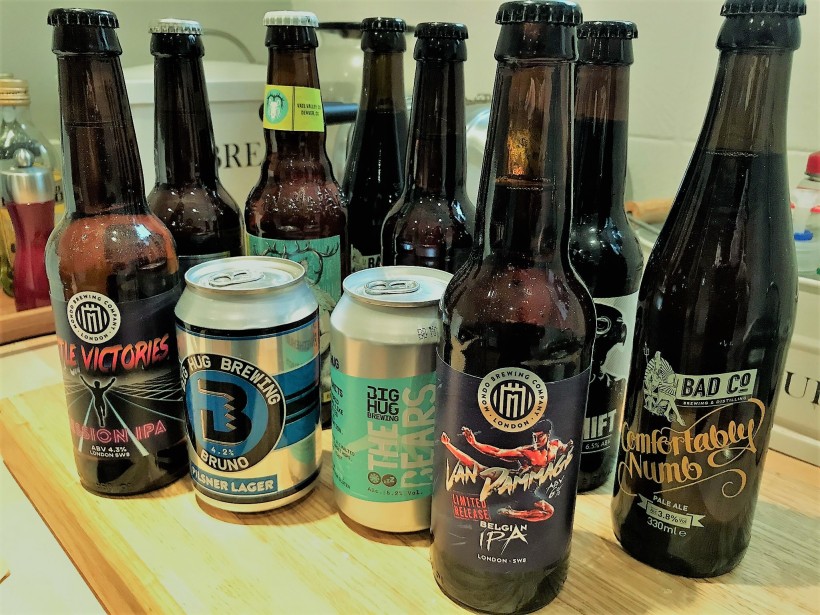At the age of 38 I actually succumbed to watching test match cricket….. not entirely against my will as I bought the tickets for my partner’s birthday. Not only was I surprised to actually enjoy it (probably helped by a few alcoholic beverages and being sat next to the fancy dress stand), but it inspired this blog on sponsorship.
When we approached Headingley all I could see was branded content by the investment bank Investec. I sighed as I thought this would set the tone of the day – lots of business men of a certain age and it being a very serious game indeed. But how wrong could I be. I never would have guessed that during the break for tea (who knew there are tea breaks in sport?!?) the crowd would be entertained by the Yorkshire Tea Band. Nor that I could get a carafe of wine on ice by Hardys – it came in a lovely branded bag and everything (plus I found that I actually quite like Hardys wine!). Unlike Investec, it seemed that Yorkshire Tea and Hardys were engaging a lot more with the audience, which was a diverse crowd. I couldn’t quite find the Black Sheep bar (much to my other half’s disappointment) but I’m sure that they engaged fans too?
Looking for precise articulation on sponsorship as a form of promotion, I stumbled across this from Hardy, Mullin and Sutton (2007):
“The acquisition of rights to affiliate or directly associate with a product or event for the purpose of delivering benefits related to that affiliation or association. The sponsor then uses this relationship to achieve its promotional objectives or to facilitate and support its broader marketing objectives.”[1]
Taking this into consideration, on the day I visited Headingley, Yorkshire Tea certainly seem to be the winners of the sponsorship battle. As I’m not a cricket fan (although I did watch the highlights on day 4 so I’m slowly being converted!) I was surprised to learn that the brand has been the ‘official tea’ of English cricket since 2013; a deal that they have extended until 2019. The Yorkshire Tea website has a dedicated section to cricket where they explain the connection:
“Cricket is the only sport that stops for tea. And coming from a county with such a strong cricketing history, we’ve always felt a close connection to the game, right down to the illustration of a village game on our box. We’ve been supporting cricket at local league level for over 20 years, and that’s why Yorkshire Tea is the Official Brew of England Cricket.”[2]
So, the fit seems logical and the brand bring the sponsorship package to life through an engaging presence at matches and the clever use of social media campaigns, including the ‘Best teabag bowler in the world’ and the ‘Teapot Test game’. Taking their commitment to the game a step further, the brand pursues a Corporate Social Responsibility strategy through the Yorkshire Tea National Cricket Week, designed to get school children actively engaged with cricket across England and Wales.
David Jobber (2007)[3] identified the following five driving principles of sponsorship and, after a day at Test Match cricket, I admit that Yorkshire Tea ticked all of the boxes:
- Creation of promotional opportunities;
- Improving community relations;
- Fostering favourable brand and company associations;
- Creating entertainment opportunities;
- Growing publicity.
What they did especially well on the day was creating entertainment through the Yorkshire Tea Band. Delia and Armstrong (2015)[4] proposed that social media and online word-of-mouth should be directly observed to gauge consumers’ reactions to sponsorship – just google ‘Yorkshire Tea Band’ as an example. However, the burning question is does the sponsorship make cricket fans drink more tea to drive market share? With a market share of over 21%, Yorkshire Tea is reported to be the only UK brand that has delivered consistent year-on-year growth in the black tea market. In addition, it has been listed in the YouGov’s Brand Index ranking at number 7 in 2015 and 2016.
Unlike many other FMCG brands, Yorkshire Tea doesn’t rely upon cost-based promotion. To deliver sustainable long-term growth they seek to bring the brand values to life through sponsorship and advertising campaigns. As Taylor’s of Harrogate Head of Brand Marketing, Kevin Sinfield, articulates:
“The market is promotionally driven by our competitors, but it’s about getting the balance right. Rather than joining the promotion race, we’re looking to deliver sustainable long-term growth…. Few categories can restore or uplift like a cup of tea. We are still a nation of tea drinkers. While it’s hard to deliver cut through, as a brand we seek to continue to challenge and stand out from our competitors this year.”[5]
I should admit that as I finish typing this blog I am on my second cup of Yorkshire Tea, but cricket hasn’t made me do it…. I’ve been a fan since I can remember as it’s the only tea that my Dad likes – and he’s from Kent! So, it’s certainly not just a Yorkshire thing! What is for certain is that Investec haven’t achieved their marketing objectives through this sponsorship. The company are reported to be ending their sponsorship of England’s home test matches six years into a 10-year deal (worth £40 million) with the England and Wales Cricket Board.
[1] Hardy, Mullin and Sutton (2007), ‘Sport Marketing’. 3rd edition. Champaign: Human Kinetics (p.311)
[2] https://www.yorkshiretea.co.uk/cricket
[3] Jobber, David (2007) ‘Principles and Practice of Marketing.’ 5th edition. McGraw-Hill.
[4] Delia, E.B. and Armstrong, C.G. (2015) ‘Sponsoring the French Open: An examination of social media buzz and sentiment.’ Journal of Sport Management, 29 pp. 184-199.
[5] https://www.marketingweek.com/2017/03/02/yorkshire-tea-culturally-famous/


 Christmas is a time for giving, spending time with the ones you hold dear and giving thanks. It’s also the one time of year where brands spend big to get their share of our wallets, well what we have left of them! This year it’s especially apparent that festive fun, with its associated sparkle, has been replaced by emotive story telling.
Christmas is a time for giving, spending time with the ones you hold dear and giving thanks. It’s also the one time of year where brands spend big to get their share of our wallets, well what we have left of them! This year it’s especially apparent that festive fun, with its associated sparkle, has been replaced by emotive story telling.
